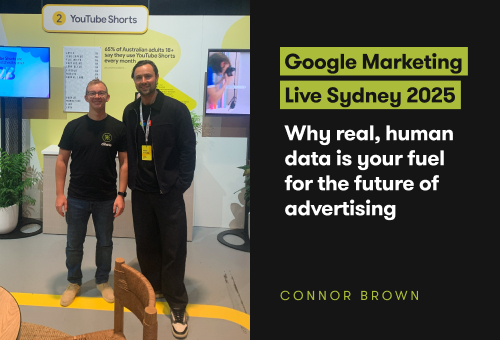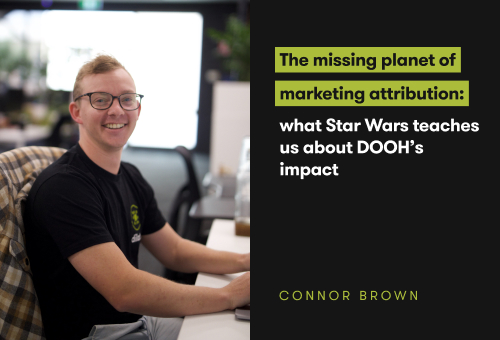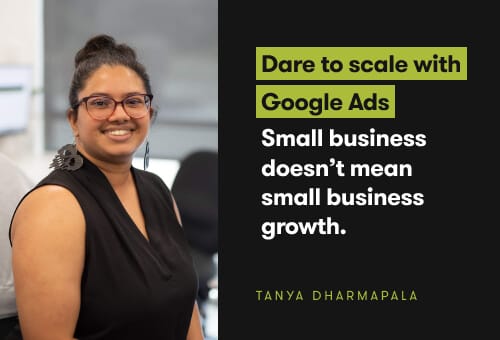Why Your Emails Are Being Ignored And What You Can Do About It?
As digital marketing changes and grows, it’s becoming harder to guarantee interaction from your online audience, and easier to fall between the cracks. With this in mind, how can you stop your email marketing from ending up in the trash? Nobody likes wasting time and effort, but if you’re not approaching your email marketing correctly, odds are that you’re doing just that! From planning, to execution, to follow-up, there are some critical steps along that way that you really can’t afford to miss out.
Five Tips To Maintain Quality On The Production Line
- Actively Implement Proofreading and Grammar Checking
This is a pivotal part of your email production, and should be prioritised throughout the entire process to ensure no mistakes slip through. Fantastic online tools, such as Grammarly can help you ensure that your email reads fluently and cohesively, but make sure there is a human set of eyes on the job too- it can be hugely embarrassing for a brand to represent their emails with spelling and grammar mistakes, and computers don’t always understand the context which the words are used in.
- Knock Out The Fat (But Keep The Flavour)
Many businesses will fire off emails to their audience, with hundreds of mostly unnecessary words. This is guaranteed to bore your email recipients, and they’ll probably only open your email on a rainy day for curiosity’s sake- not a great email marketing strategy to rely on, folks. Keep your content interesting and engaging by wringing out all the useless, watery information, and leaving the curds of well constructed sentences, powerful imagery, interesting links, and effective call-to-action’s.
- Create Easy Customer Feedback Options
Once the email is successfully delivered, put your ears to the ground for measurable feedback. Monitor your social media and any communication channels after a campaign goes live, and watch for any direct replies which may be responses to dud links, poor content creation, or any other number of possible problems. Ensure there are the appropriate tools and channels in place for the recipient to have their feedback efficiently read and responded to- this can be great for your business, as it’s a friendly reminder to your email database that there are real people working behind the scenes, and it will help you to find the right approach for your audience.
- Add Some Personable Content
While there are plenty of fantastic writing tools online, we wouldn’t recommend completely relying on a robot for writing good copy. There are plenty of helpful ways to incorporate these into your overall writing production, but there is a fine line to walk between efficient, automated copy, and a decline in quality and personal readability. Remember, your email recipient wants to feel a personal connection to your content, or else your brand will feel distant and robotic.
- Schedule Regular Email Maintenance
Choose a regular cadence for a dedicated revision of your automated emails. Relevancy may fade, and a lapse in attention is telling your recipient that your customer interaction is not a priority- which is not a great message to send out to your email list.
Once you’ve correctly structured and developed your email strategies, there are still a couple of reasons why your emails are being ignored that you can begin to move on to and dissect. Our next phase of action is recognising and managing the inactive email subscribers. They rest silently, although they do still hold value, making them difficult to address.
A Guide To The Inactive Subscriber
Inactive subscribers may initially seem like a waste of email resources, but step back from the gallows! While it may seem like the right way to go, don’t chop up your email database before:
- Evaluating the point where an inactive subscriber’s value outweighs the risks which they pose, and;
- Identifying which of your inactive subscribers hold value, and pose the least risk, as well as which are the most risky, with the least likely value.
There are three main groups of inactive subscribers, and they lurk in almost every email database. This may be for reasons relating to your previous email practises, so familiarise yourself with your email protocol, and use these questions as the framework to assess it.
- Does your business encourage strong permission practices, where users willingly sign up with a confirmed opt-in process?
- Review your active mailing list; how many were active over the last month? What about three months? Six months? Year?
- Is your email maintenance regular and efficient?
- Have you experienced past issues which still may be affecting your business?
Once you’ve assessed where your business could be affecting your emails, we can really get to know our three major types of inactive subscribers.
1. The No-Hoper
These inactives are the subscribers which have never expressed any engagement with your emails, and offer very little real value. They may have subscribed accidentally, which is a poor permission practise, or have subscribes using an email account the don’t check often, if at all. They could have signed up out of spontaneity, then immediately lost interest, or in order to gain access to a website or competition without any interest in further communication. If you are not using proper permission practises, and are instead focussed on gathering a wide database, you could end up with a big barrel of inactivity, instead of gathering a small but enthusiastic audience. A great rule to follow is to implement a re-permission email after a set amount of emails, or time period. This will require the subscriber to confirm that they would like to continue to receive emails, and can help you sift through your list.
2. Lapsed Customers
These are the subscribers who don’t seem to be opening your emails, or converting to sales, despite having once engaged with, or purchased from you. The risks and the value here balance each other, as they have clearly once expressed a desire for your product or service, so you want to ensure that these inactives receive sufficient opportunity to become more involved.
Depending on your industry and email frequency, you may wish to allow between six and thirteen months of inactivity. For example, if you sell clothing, that customer may return to you for their winter warmers, but shop elsewhere for the rest of the year. Once that time frame of inactivity has been reached, this should trigger efforts to elicit more engagement. This could eventuate over months, before finally offering re-permissioning emails, to clarify their intentions, and only after this should you remove them from your lists.
3. Inactive Subscribers/ Active Customers
This group of inactive subscribers are known customers of yours, and are a low-risk group with an extremely promising value. Many of these subscribers may be influenced by your emails without opening them, for example, reading your ‘Sale!’ subject line, and immediately opening your online store. These inactives can be kept on the list, as there is clearly a functioning relationship between the customer and the brand, which does not need any encouragement.
If At First You Do Not Succeed, Try Again
So you’ve made all the necessary adjustments to your email protocols, and skimmed some of the inactive subscribers who are extremely unlikely to respond. If your well-planned, personal, catchy email is still struggling to gain traction with customer interaction, can you resend your email to the recipients who haven’t opened it?
There may be some people who simply missed the email, or who need a little further encouragement to open it, so this can work well in some cases to get you more clicks. However some people may find the added interaction intrusive, and may deliberately be ignoring your emails. These people may unsubscribe- although it is up to you whether you believe that losing your inactive subscribers is a bad thing-, so there are some easy steps to take to try and avoid losing subscribers.
- Be Selective
Only resend your best, or most important emails. Spamming your audience is never a good idea, and it actually helps them to create the habit of ignoring your email.
- Adjust The Subject, and Timing
There might be something in your subject, or the time of day, which is resulting in the lack of engagement. Adding ‘Last Chance!’ to a sale email can work wonders, as it creates a sense of urgency. This is also a great time to implement some A/B testing into your email marketing strategy. - Read the Signs
Monitor your customer's responses carefully; did they open your emails? Did they click through? Did they convert into sales? Or, did they dislike your extra efforts at contact, and unsubscribe? Ensure you are following up on all of these metrics, as if your subscribers quickly remove themselves off your list, it might not be worth the extra effort after all.
Follow these tips to breathe new life into your email database, and to cultivate an in-depth dialogue between you and your customers.
Are you having trouble getting your brand heard online? Many businesses choose to find a digital consulting agency, who can manage their digital marketing efforts, from SEO and Adwords, to content and web design. If you think you could use some help in creating an efficient digital strategy, call our team here at Dilate Digital. We’re a Perth-based digital marketing agency, and we love spoiling our clients with effective SEO services, and transparent consulting. Call our team to find out how we can help your business.

















